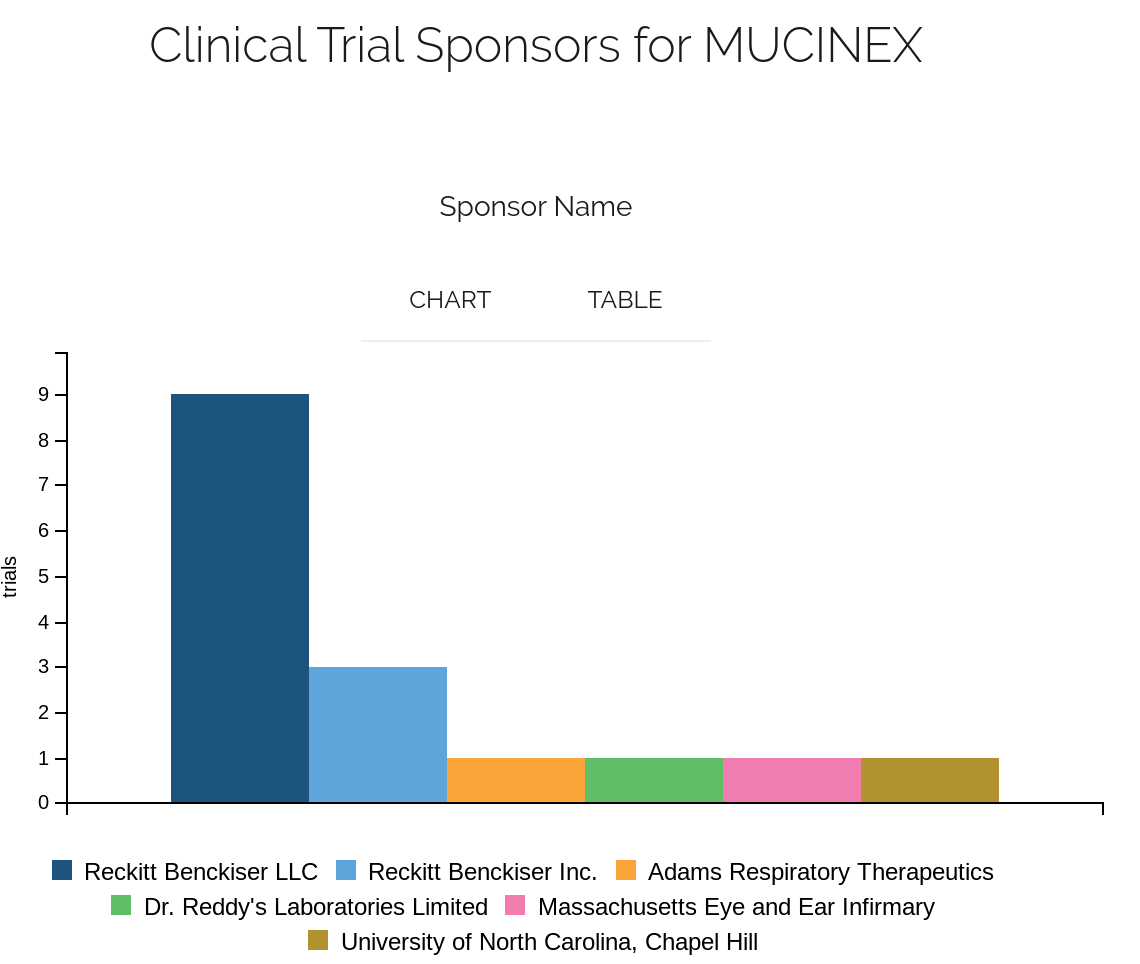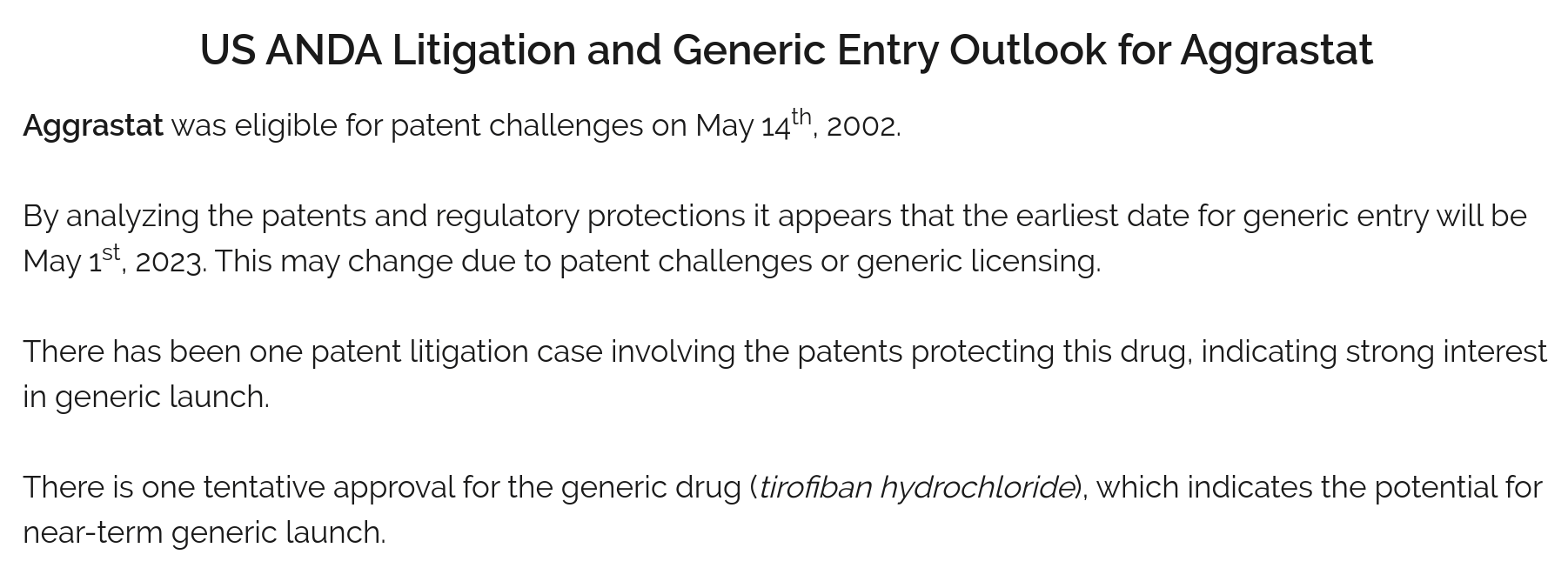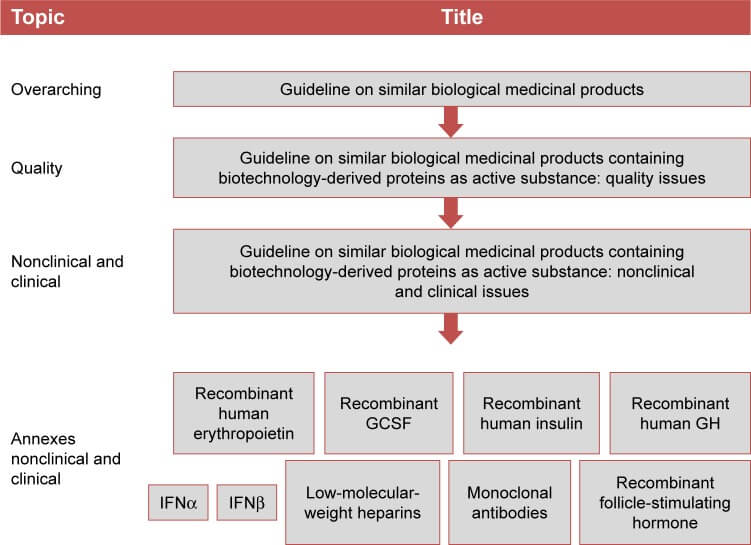 Before the passage of the Biologic Patent Transparency Act DrugPatentWatch’s biologic patent data was cited as a reason why the law should not be passed.
Before the passage of the Biologic Patent Transparency Act DrugPatentWatch’s biologic patent data was cited as a reason why the law should not be passed.
Thankfully, the Act advanced, and additional clarity is now available for biologic patents, and so DrugPatentWatch has radically updated the biologics section to take advantage of newly-available datasets.
The new biologics module (subscriber link / preview link) includes the following features:
- Purplebook patents, in addition to the previous biologic patent sets
- The Purplebook patents are listed by brands, in response to potential biosimilar entrants
- Biosimilar development tracking
- Ability to search for text in patent claims
- Search by drug class
- Search by drug dosage form
Check out the new module (subscriber link / preview link) and, as always, let us know how else we can help.
As a reminder, DrugPatentWatch employs three methods to identify biologic patents because matching patents to biologic drugs is far more complicated than for small-molecule drugs
- Brand-side disclosures in response to biosimilar applications
- These patents were identified from disclosures by the brand-side company, in response to a potential biosimilar seeking to launch. They have a high certainty of blocking biosimilar entry. The expiration dates listed are not estimates — they’re expiration dates as indicated by the brand-side company.
- General brand-side disclosures
- These patents were identified from searching drug labels and other general disclosures from the brand-side company. This list may exclude some of the patents which block biosimilar launch, and some of these patents listed may not actually block biosimilar launch. The expiration dates listed for these patents are estimates, based on the grant date of the patent.
- Patents from broad patent text search
- For completeness, these patents were identified by searching the patent literature for mentions of the branded or ingredient name of the drug. Some of these patents protect the original drug, whereas others may protect follow-on inventions or even inventions casually mentioning the drug. The expiration dates listed for these patents are estimates, based on the grant date of the patent.






















